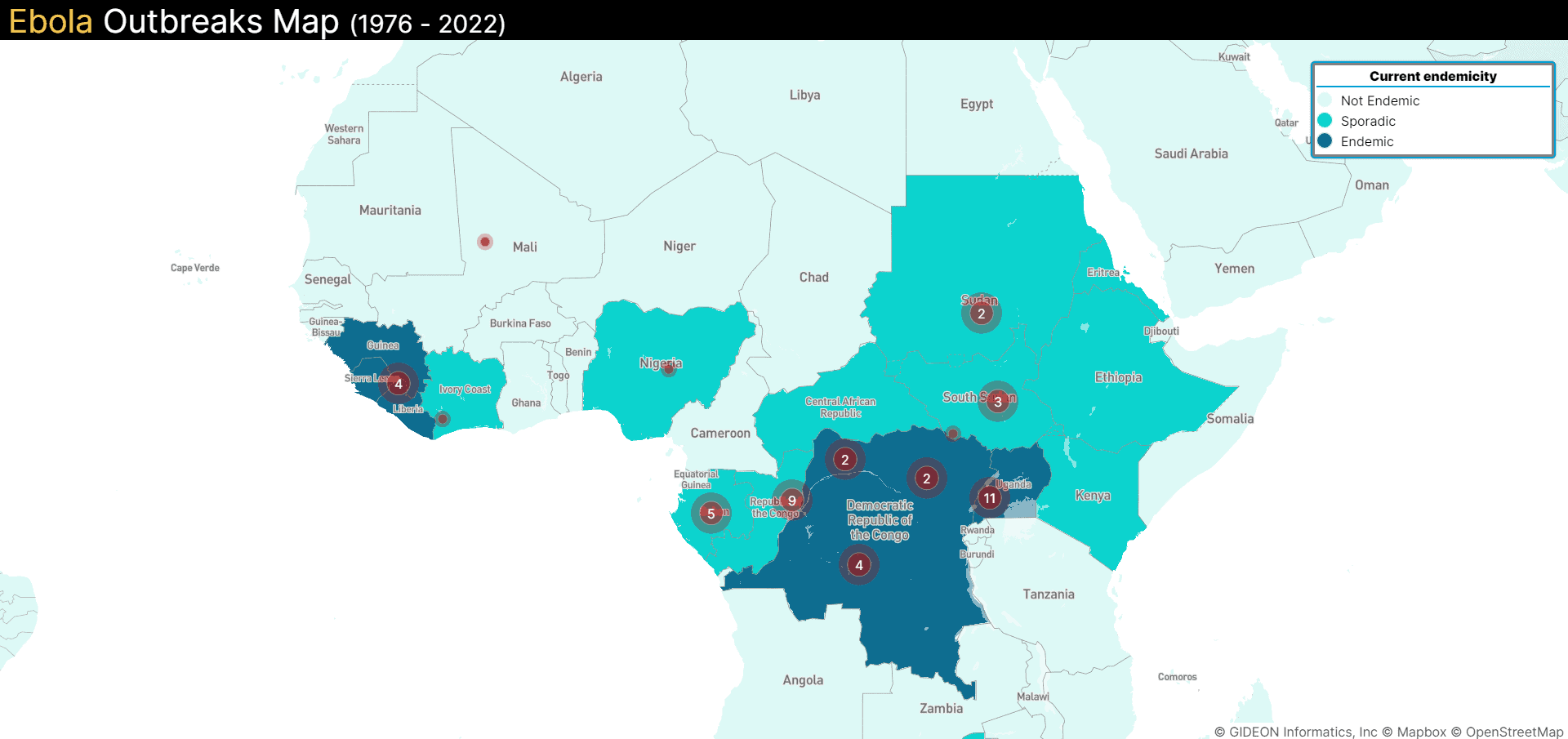Calling All Contagion Fans
We’ll start with one of the most recent and popular infectious disease movies: Contagion. This movie, starring Matt Damon and Gwyneth Paltrow, is about a deadly virus spreading worldwide. The Hollywood thriller, released in 2011, grossed 135 million dollars worldwide. The movie tells the story of a global outbreak of a deadly virus and the race to find a cure. Although the film is fiction, it is based on real-world viruses and events. The movie does a pretty good job of depicting how quickly a virus can spread and how easily it can cause panic. It also highlights some ways that public health officials try to contain an outbreak.
While some critics praised the film for its accuracy, others criticized it for portraying certain aspects of infectious disease outbreaks and investigations. So, what does contagion get right and wrong about these sensitive topics?
First, the film presents a plausible series of events based on what we know about how viruses can jump from animals to humans; these types of diseases are known as zoonotic diseases. The disease starts in a bat which is forced from its home due to deforestation; from there, it ends up in a pig farm where it infects the pigs; these pigs are then used in food. One man preparing one of these pigs for a meal for restaurant patrons is shown not washing his hands while he meets guests in the dining room. From here, the disease is circulated to those who had come in direct contact with him.
When an outbreak is suspected in the movie, the CDC dispatches investigators from the Epidemic Intelligence Service to outbreak areas to try to identify people with this new infectious disease, and it sets in motion disease control protocols to stem the outbreak tide.
However, there are some inaccuracies in contagion regarding the speed of transmission and some of the pathways shown. For example, the film hints that on the day Paltrow contracts the virus, she visits a casino, blows on dice, and touches a bowl of nuts, which become fomites that spread the virus. It’s unlikely that Paltrow would become infected and spread an illness quite as quickly as the film portrays. The time between exposure and being infected with a disease is known as an incubation period. It is common in films to truncate or substantially shorten the incubation time. This can lead to a sense of heightened drama and move the plot along quickly, but it isn’t entirely accurate.
If we think about COVID (everyone’s favorite infectious disease), the average time before transmission typically can occur is about 5-6 days. Influenza or intestinal infections have the shortest incubation periods of infectious diseases, and yet still, a one-day turnaround from infection to transmission to others is more uncommon than not. Aside from that, the way the disease is represented in the movie, transmission via fomite is less likely than other disease transmissions. While it is possible for viruses to be spread via fomites, Paltrow is more likely to contract the virus we see in the film through direct contact with an infected person.
Also, we love the mention of the Ro (r-naught) and PPE (personal protective equipment) used by public health professionals but let’s not get started on the representation of the vaccine development in the film. We also appreciate how social discord is displayed in the face of an unknown disease pandemic. It truly gives a look into the information and misinformation that public health groups face in these scenarios. This is something we recently saw with the COVID pandemic as well.
Overall, contagion offers a realistic portrayal of how an infectious disease could spread globally and highlights the importance of public health measures like vaccination and handwashing. Although there are some inaccuracies, these are mostly minor details that do not take away from the film’s overall message.
